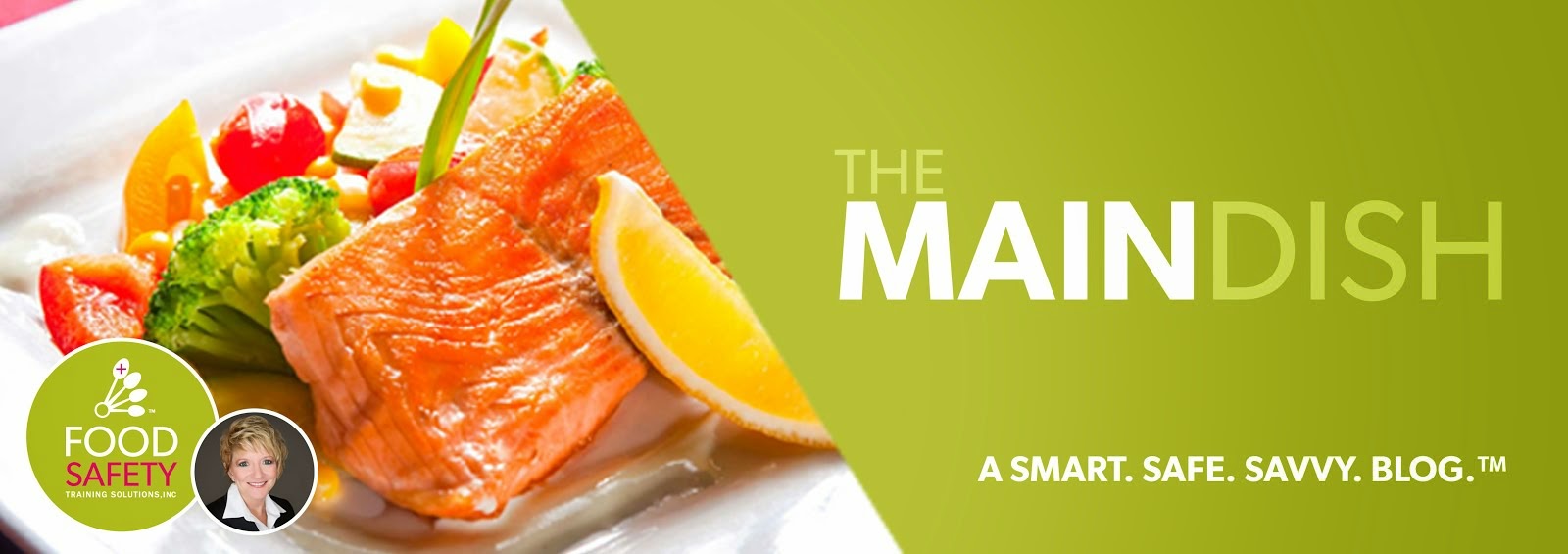Recently I had the opportunity to go to Colorado to receive
training on how to teach food-allergen safety to restaurants and other
food-service establishments. Did you know that up to 15 million people in the
U.S. have a food-allergy? After my week in the beautiful Rocky Mountains, I
have some newfound knowledge that I would like share with you.
What is a Food Allergy?
This is a serious medical condition where the body’s immune
system mistakenly targets and attacks a harmless food protein (allergen). From
the newly diagnosed to someone that has lived with it for years, personal
research is critical to staying safe and living well with food allergies.
The difference between food intolerance and an allergy
is the immune system’s ability to produce abnormally large amounts of
immunoglobin E (IgE). These antibodies fight the perceived enemy (allergens) by
releasing histamine and other chemicals that trigger reaction symptoms.
Allergic Reactions
A reaction to food can affect several systems of the body
including the skin, gastrointestinal tract, respiratory tract and most
seriously, the cardiovascular system. Reactions can range from mild to the most
severe, a life-threatening condition known as anaphylaxis.
Symptoms can appear within minutes or several hours after
eating the food allergen. Keep in mind - children may show different symptoms
than adults. Here is how they may describe a reaction.
Mild symptoms may have one or more of the following:
Severe symptoms may have one or more of the
following:
Severe symptoms, alone or in combination with milder
symptoms, could be a sign of anaphylaxis and require immediate treatment.
Currently, prevention is the cure when it comes to food
allergies. Avoid the problem food and come up with a treatment plan with your
doctor. Share the plan with others so they
know what to do in the event of an emergency. For more information about food
allergies and how to treat reactions, visit foodallergy.org.





